#福家
Explore tagged Tumblr posts
Text

240 notes
·
View notes
Text





The Happiness of the Katakuris カタクリ家の幸福 (2001) dir Takashi Miike
119 notes
·
View notes
Text
The Mid-Autumn Festival (中秋节), a Chinese celebratory season observed by many East and Southeast Asians, has begun. Held on the 15th day of the eighth lunar month, which is in the middle of autumn, the festival marks the end of the season’s harvest and is a time to appreciate the moon at its fullest and brightest. Besides feasting eyes on the moon and lanterns of different shapes and sizes, Mooncakes (月饼), a rich pastry with all sorts of fillings, are undoubtedly the main highlight of the festival and are traditionally shared among family and friends.

The Cantonese Mooncake (广式月饼) is the most commonly found traditional mooncake in Singapore. Its fillings consist of lotus seed or red bean paste and usually include one, two or four salted duck egg yolks. Many would also be familiar with the snow skin variant that was created in Hong Kong in the 1960s as a healthier alternative to traditional baked mooncakes. The fillings and a ball of dough are traditionally pressed into a wooden mould, which embosses intricate wordings of the pastry shop’s name or stuffing on top of the pastry.
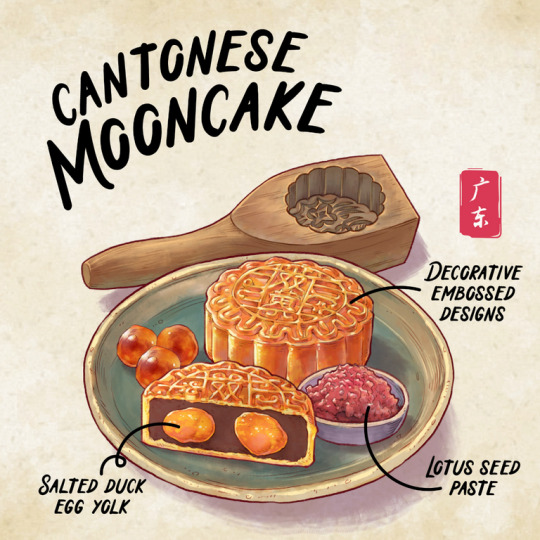
A mooncake with various flavours such as rich, savoury-sweet and peppery, the Hainanese Mooncake (海南月饼), also known as Su Yan Bing (酥盐饼) is traditionally filled with ingredients such as fried shallots, lard, salt, white pepper, rose-flavoured white sugar, sesame seeds, melon seeds and dried wild tangerine skin peel. The filling is encased in a thin crust made with flour, salt and lard.
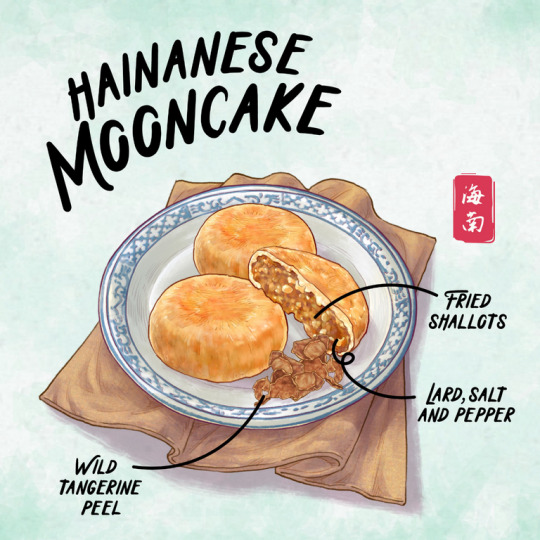
The Hakka Mooncake (客家月饼) is also called Yu Gao (月糕) and is a flat, snow-white disc that is typically made with cooked glutinous rice flour and sugar, giving it a crumbly and powdery texture. It is usually embellished with more intricate designs, often with animals and flowers. Although it doesn’t usually contain any fillings, some come with candied winter melon, desiccated coconut and sesame seeds mixed with glutinous rice flour, sugar, margarine and water.

Easily distinguishable by the red stamp of Chinese characters on the top of the crust and its white disc-shaped pastry which resembles a bright moon, the Hokkien Mooncake (福建月饼) consists of a dry and sweet filling that is made of candied winter melon, tangerine peel, melon seeds, sugar, and cooked with lard or peanut oil. A less common type is a savoury version with minced meat filling. Once known as Scholar Cakes (状元糕), they were given to those who took part in the Imperial examinations. Today, it is given as a symbol of good luck to those who are about to sit for their exams.
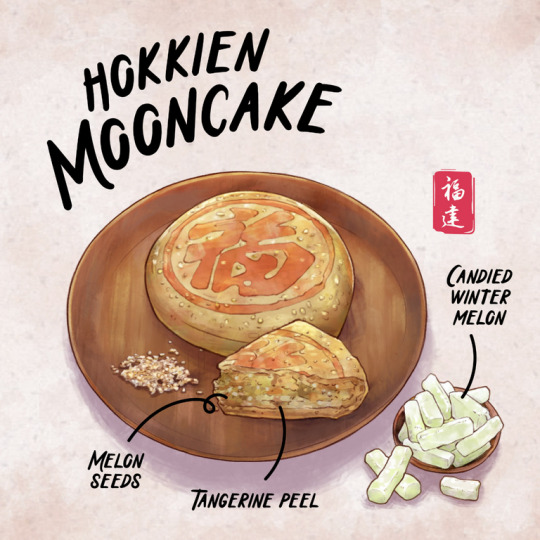
Many would be familiar with the Teochew Mooncakes (潮州月饼). It has a crispy, spiral-layered crust that crumbles easily. It originated from the Chaoshan (潮汕) area in Guangdong Province and typically consists of yam paste and a salted duck egg yolk. Other traditional versions of the Teochew mooncake are still made by old school bakeries in Singapore. For example, La Bia (朥饼 or lard biscuit), where ‘La’ refers to pork oil, has a thinner, flaky crust with a thick mung bean or red bean filling. There are also alternative fillings including red bean, mung bean or lotus seed paste. There is also a steamed version of the typically baked Teochew mooncake, called La Gao (朥糕). It can either be served plain or with a mung bean filling.
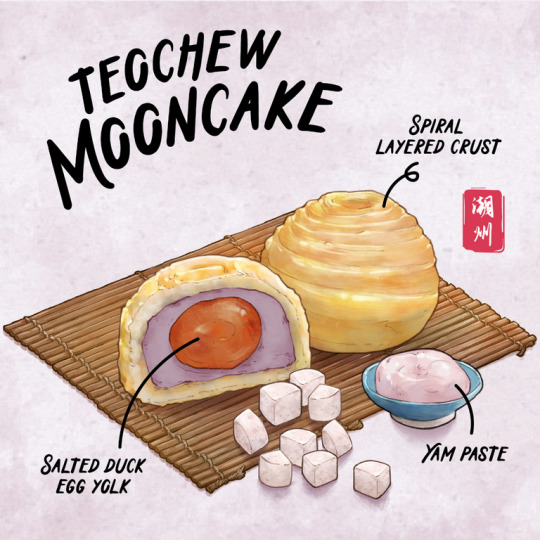
A Snow Skin Mooncake (冰皮月饼) variant was created in Hong Kong in the 1960s as a healthier alternative to traditional baked mooncakes. Similar to mochi, its crust is made of glutinous rice flour and varies in colour, based on the flavours used. And unlike traditional mooncakes, these are best served cold!
youtube
Mooncake information and drawings courtesy of Ministry of Culture, Community and Youth.
#Mid-Autumn Festival#中秋节#Mooncake Festival#农历八月十五#Chinese Culture#Chinese Tradition#Celebration#Mooncake#月饼#Cantonese Mooncake#广式月饼#Hainanese Mooncake#海南月饼#Hakka Mooncake#客家月饼#Hokkien Mooncake#福建月饼#Teochew Mooncake#潮州月饼#Snow Skin Mooncake#冰皮月饼#Recipe#Video#Youtube#Snack#Dessert#Asian Food#Food#Buffetlicious
137 notes
·
View notes
Text
第37回【介護福祉士国家試験】解答速報~現役介護福祉士が気になる問題を徹底解説! | NON SEALD

34 notes
·
View notes
Text
(Gourmet Action Game: Manpuku!! Nabe Kazoku, PS1)
139 notes
·
View notes
Text

do you ever see someone so beautiful that your brain is like "that's not a real person" and you're like "yeah ☺️ that sounds about right ☺️"
#it's the “they are so beautiful that their existence feels totally disconnected from my plane of existence” and it's like.#ok!!! might as well!! 👍#徐海乔#xu haiqiao#hunxi.gif#cw flashing#cw flashing gif#aka I had an extra gif from the 《拆弹专家》 set and thought I'd 造福人类 with it#cvariety#cvarietyedit
15 notes
·
View notes
Text

ガラそば(味玉)@自家製麺うろた
9 notes
·
View notes
Text
2025年2月9日
呉礼拝にいつもの兄弟姉妹が集まりました。共に礼拝を捧げることができました。

7 notes
·
View notes
Text




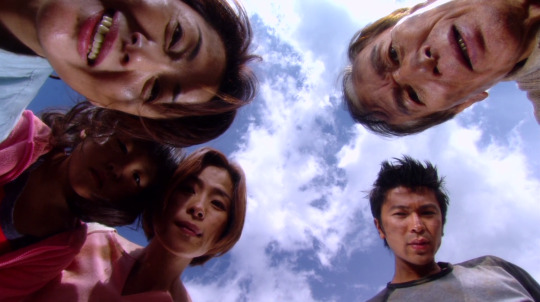
The Happiness of The Katakuris | カタクリ家の幸福 (2001) dir. Miike Takashi
#movie stills#cinematography#film stills#japanese cinema#horror#musical#comedy#horror comedy#2000s#surreal#surrealism#claymation#カタクリ家の幸福#the happiess of the katakuris#takashi miike#nishida naomi#matsuzaka keiko#tanba testuro#takeda shinji#sawada kenji
22 notes
·
View notes
Text
福井城
関ヶ原の��いの功により越前に封じられた徳川家康の次男結城秀康の居城��して家康自ら縄張りしたと伝わる福井城は本丸を中心に堀と郭が幾重にも囲らせる典型的な環郭式平城

天守跡に繋がる復元された御廊下橋



石垣の堅牢さが際立つ
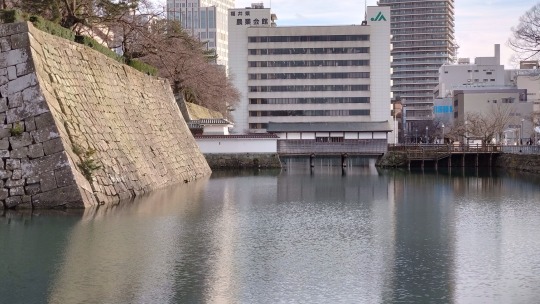
正面から天守に向かう


藩主が三の丸の御座所から政庁である本丸に通う専用として珍しい屋根付きの橋であった御廊下橋

橋を渡ると山里口御門の櫓。御廊下橋から続く此処は櫓門と棟門で桝形を形成する珍しいタイプ

石垣を巡らす階段

門をくぐると直ぐに天守台

この辺りは石垣は崩れかかって野面積みの様



右上の屋根の下が福井の地名の由来になった福の井戸

上屋と釣瓶が復元された福の井



天守台と控天守台


1948年の福井震災で崩れかかっている控天守台の石垣


綺麗に加工された石が隙間無く積まれた見事な算木積み


いよいよ天守に

天守台から崩れかけた控天守を見る

思ったよりも広い天守台。春には桜が見事


天守から三の丸方面の景色

天守台から見た御廊下橋

福井城の前身、織田信長筆頭家老柴田勝家の居城北ノ庄城は以下から
続きは以下から
#photographers on tumblr#travel#cool japan#castle#photography#photo#instagood#tour#landscape#バイクで行く景色#history#shogun#福井城#福井県#越前#北陸#徳川家康#結城秀康#松平家#日本の景色#日本の歴史#日本の文化#日本の建物
4 notes
·
View notes
Text



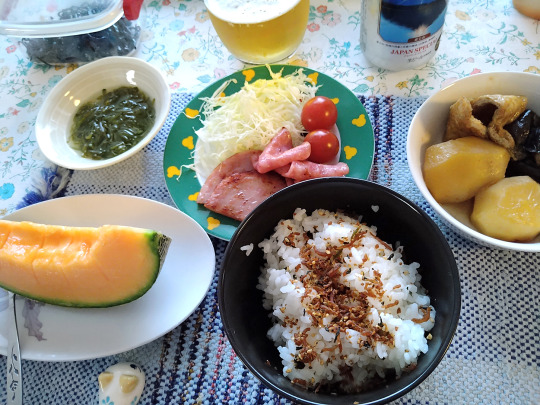
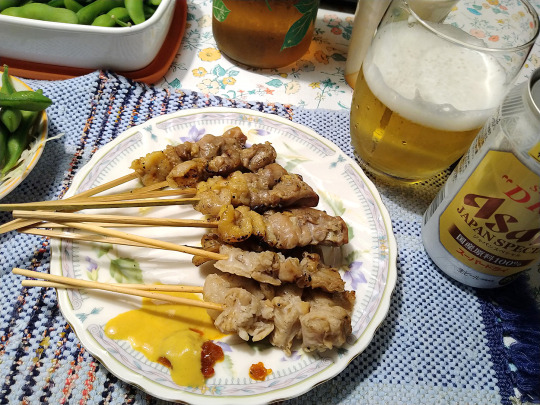
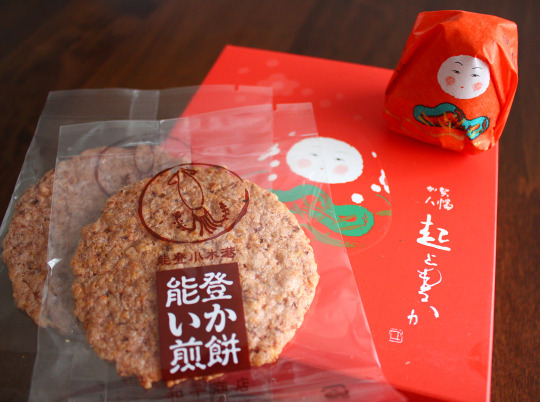
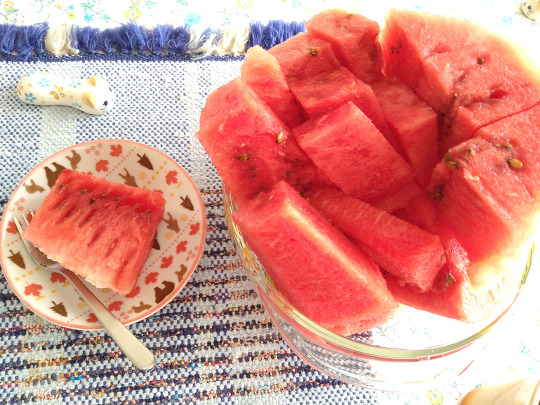
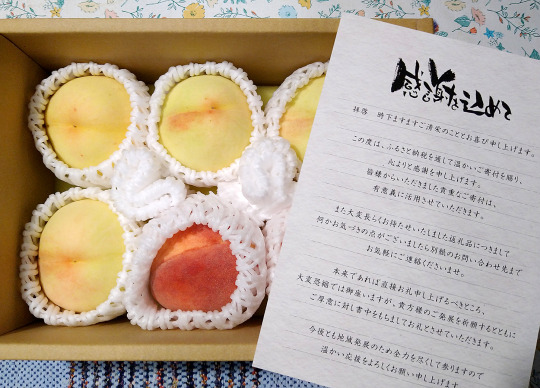

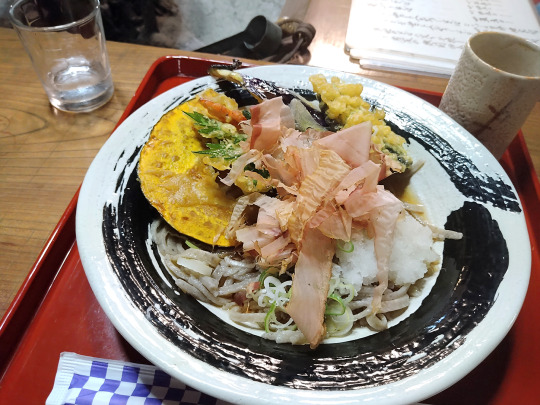
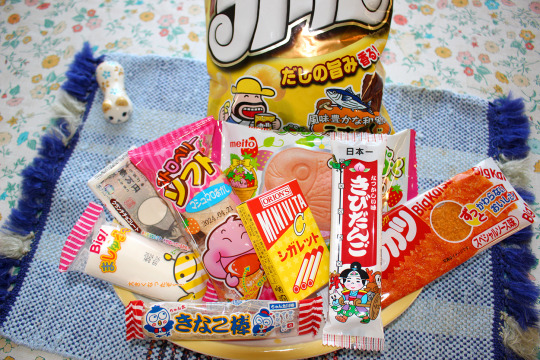

20230830(水)
とりあえず夏のひとこま。
北陸新幹線の金沢から敦賀までの開業日が2024年3月16日に決定。東京から福井まで最速2時間51分だそうな。わくわくする。
54 notes
·
View notes
Text
If all Zong Zi or Rice Dumplings look the same to you, you’re not alone! Zong Zi (粽子) or Bak Chang are a variety of glutinous rice dumplings traditionally eaten by the Chinese during the Dragon Boat Festival (端午节). Here are six types of popular Zong Zi from various dialect and ethnic groups in Singapore.

youtube
Hokkien Rice Dumpling (福建咸肉粽) - One of the most common Zong Zi that can be found in markets and stores, the Hokkien Zong Zi is wrapped in bamboo leaves is recognized by its dark appearance from soy sauce infused rice and distinct aroma from the five-spice seasoning. Usually made with pork belly, salted egg yolk, chestnuts and dried shrimps.
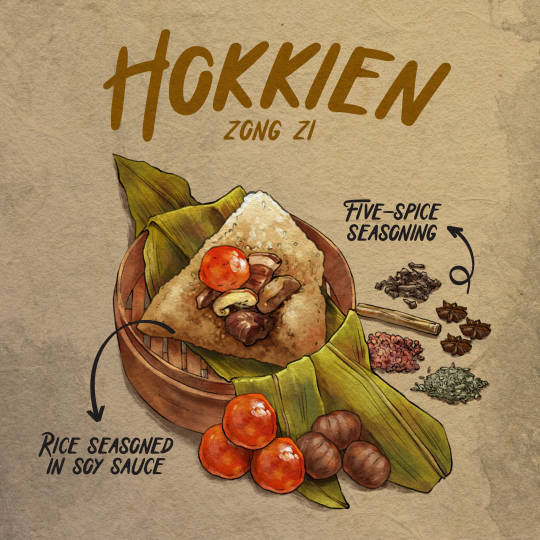
Cantonese Rice Dumpling (广东咸肉粽) - The ingredient that sets Cantonese Zong Zi apart is the filling of mung beans or green beans. One can also order a variation with a salted egg yolk. The glutinous rice is also seasoned with salt and garlic oil instead of soy sauce.

Nyonya Rice Dumpling (娘惹粽) - The Nyonya Zong Zi is the most distinguishable rice dumpling for its bright blue tip that is typically made from the extract of the butterfly pea flower. It is also sweeter in taste and aroma because of its pandan leaf wrapper and candied winter melon.

Teochew Rice Dumpling (潮州粽) - The savoury yet sweet taste of a Teochew Zong Zi comes from various ingredients such as red bean paste or lotus paste, fatty pork belly, earthy mushrooms and dried shrimp. Chestnuts are also added to the dumpling for texture.

Hainanese Rice Dumpling (海南肉粽) - The Hainanese Zong Zi’s most distinctive trait lies in its portion. It is filled with generous chunks of pork belly, whole chestnuts, mushrooms, and seasonings of savoury additions like five-spice powder, dark soy sauce, and black pepper. It is also usually served with a dollop of palm sugar syrup, adding a nice balance of sweetness to its savoury and slightly spicy flavour.
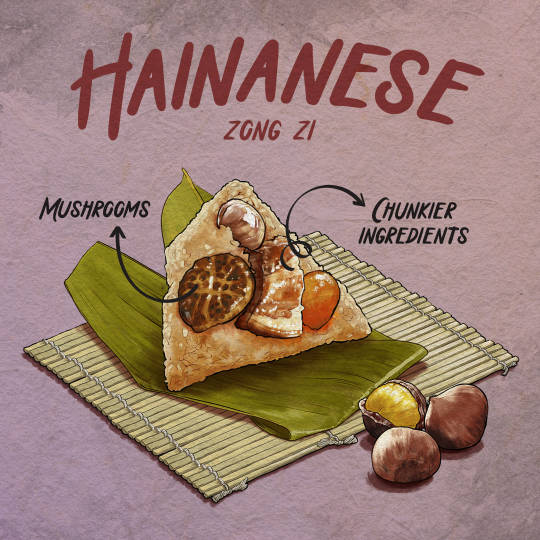
Hakka Rice Dumpling (客家粽) - Steamed in bamboo leaves, the Hakka Zong Zi consists of preserved vegetable filling, juicy pork belly strips and savoury mushrooms. It is also sometimes filled with beans.
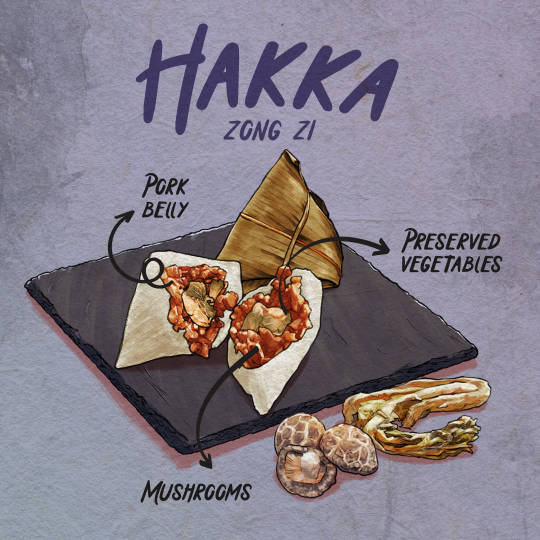
Zong Zi info from here and images from Ministry of Culture, Community and Youth.
#Dragon Boat Festival#端午节#农历五月初五#Rice Dumpling#粽子#Zong Zi#Hokkien Rice Dumpling#福建咸肉粽#Cantonese Rice Dumpling#广东咸肉粽#Nyonya Rice Dumpling#娘惹粽#Teochew Rice Dumpling#潮州粽#Hainanese Rice Dumpling#海南肉粽#Hakka Rice Dumpling#客家粽#Video#Youtube#Asian Food#Food#Buffetlicious
119 notes
·
View notes
Text
第36回【介護福祉士試験】過去問375問から「気になる問題」を現役介護福祉士が徹底解説!一発合格へ向けての勉強法をお伝えします!<前編>
今回の【実録】介護の本質chからは、令和6年1月28日に行われる「第36回介護福祉士試験」における「一発合格」のための勉強法についてです。過去問375問を実際に解き「気になる問題」について、現役介護福祉士の筆者がポイントなどをまとめて徹底解説します。
今回は【実録】介護の本質chから 第36回【介護福祉士試験】過去問375問から「気になる問題」を 現役介護福祉士が徹底解説!一発合格へ向けての勉強法をお伝えします! と題してお送りします。 1987年より国家資格となった「介護福祉士」。 令和5年9月末までにおいての登録者数は、推定190万人にも上っています。 筆記試験の概要については 13分野、全125問に亘る問題のうち 全分野において1点でも得点があり、正答率70%以上が合格になります。 介護の仕事をする上では今後「必須」となるだけに、なんとか取得しておきたい資格であり、2024年4月からは「国家資格取得者」や「従事する上で必要な研修を修了している者」以外は介護の仕事ができなくなるので、2024年1月の試験においてはぜひとも合格を勝ち取ってもらいたい! そう筆者は切に願っています。 そこで重要となるのが「勉強…

View On WordPress
57 notes
·
View notes
Text
佐佳枝神社
寛永5年(1628)、福井城内の天台宗万福山泉蔵院瑠璃光寺北に社殿を建立し、東照宮権現様(徳川家康公)をお祀りしたことに始まり、明治6年松平春嶽公により命名された神社

コロナウィルスの収束を願って市民や参拝者の方々が折られた25万羽もの折鶴が本殿を彩る


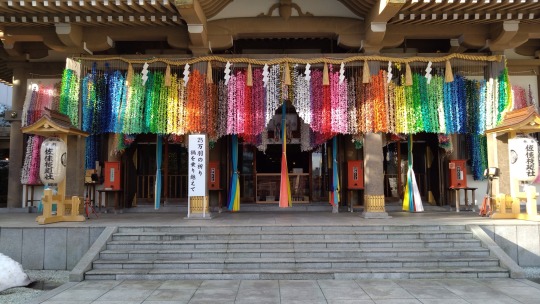
徳川家の葵の御門の絵馬


#travel#photographers on tumblr#photo#photography#history#cool japan#パワースポット#ツーリング#motorcycle#バイクで行く景色#千羽鶴#福井県#松平春嶽#結城秀康#徳川家康#神社
2 notes
·
View notes
Text
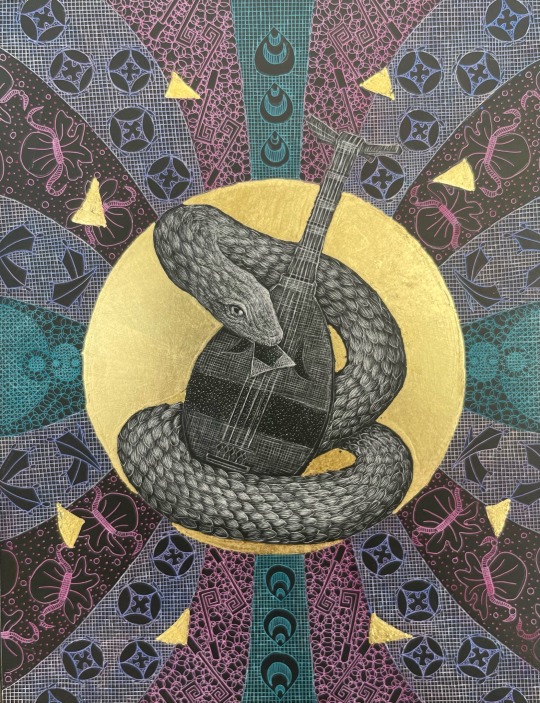
新作「動物七福神II〜弁財天〜」です。
5年ぶりに描く「動物七福神」の2ndシリーズになります。今回も背景には縁起の良い、宝尽くしの紋様を描いています。
弁財天は芸事を司る女神で、蛇をお使いにしています。また財運にも御利益があるといわれています。
本作は来年1月に大阪で開催される個展にて出品予定です。ご興味ある方はお気軽にお問い合わせください。
———
ミチヨ スクラッチ絵画展 〜招福事始め〜
2025年1月8日(水)〜14日(火)
阪神百貨店8階 ハローカルチャー1
★ライブドローイング(最終日を除く各日11時〜17時)
ご成約の方にイベント中に描いた色紙をプレゼント致します。
This is my new work “Animal Seven gods of fortune〜Benzaiten〜”
This is the second series of the 'Animal Seven Gods of fortune', which is the first to be drawn in five years. This time, too, the background is drawn and scratched with the traditional and auspicious patterns.
Benzaiten is a goddess of music and art, and her servant is snakes.
This work will be exhibited in Osaka from 8 to 14 Jan in 2025.
———
Michiyo needle-scratch painting exhibition
~Let’s start something new, something happy ~
Wed 8 - Tue 14 January 2025
*Close at 5pm on the last day
Gallery Hello culture 1, 8F, Hansin department store at Umeda, Osaka
★Live Drawing (11am-5pm each day except the last day)
Those who make a contract will receive a paper card drawn during the event.
6 notes
·
View notes



